The AWITM and FWI waveform inversion cost functions are applied to raw seismic field data in a technologically-challenging region in the central Atlantic. A cloud-pilot to stress-test the XWITM architecture on AWS, tuning earth model weights out to the most computationally-demanding high frequencies where the most intricate subsurface detail is revealed.
The integrated model-building workflow gives well-resolved velocity values over a kilometre below the diving wave limit as necessary to cover the deep reservoir for the most informed and streamlined development decisions.
High frequency model evolution
Iterations are run on 50 metre then 25 metre grids for broadband velocity recovery from long to short length scales with no gap between tomography and reflectivity. A total of 40 iterations are run upto 10 Hz, then 30 iterations upto 20 Hz. At iteration 70 the target layer at 3km depth is being defined and we decide to push the inversion for 15 more iterations on a 12.5 metre grid with frequencies upto 40 Hz. This requires 36 core EC2 instances to keep iteration times down to 90 mins.
The final model shows tilted fault block definition at target level with interbedded sand and shale layers. The fine scale detail also shows direct conformance with the vintage PSDM stack amplitude anomalies as the earth reflectivity is mapped into the rock property domain successfully.
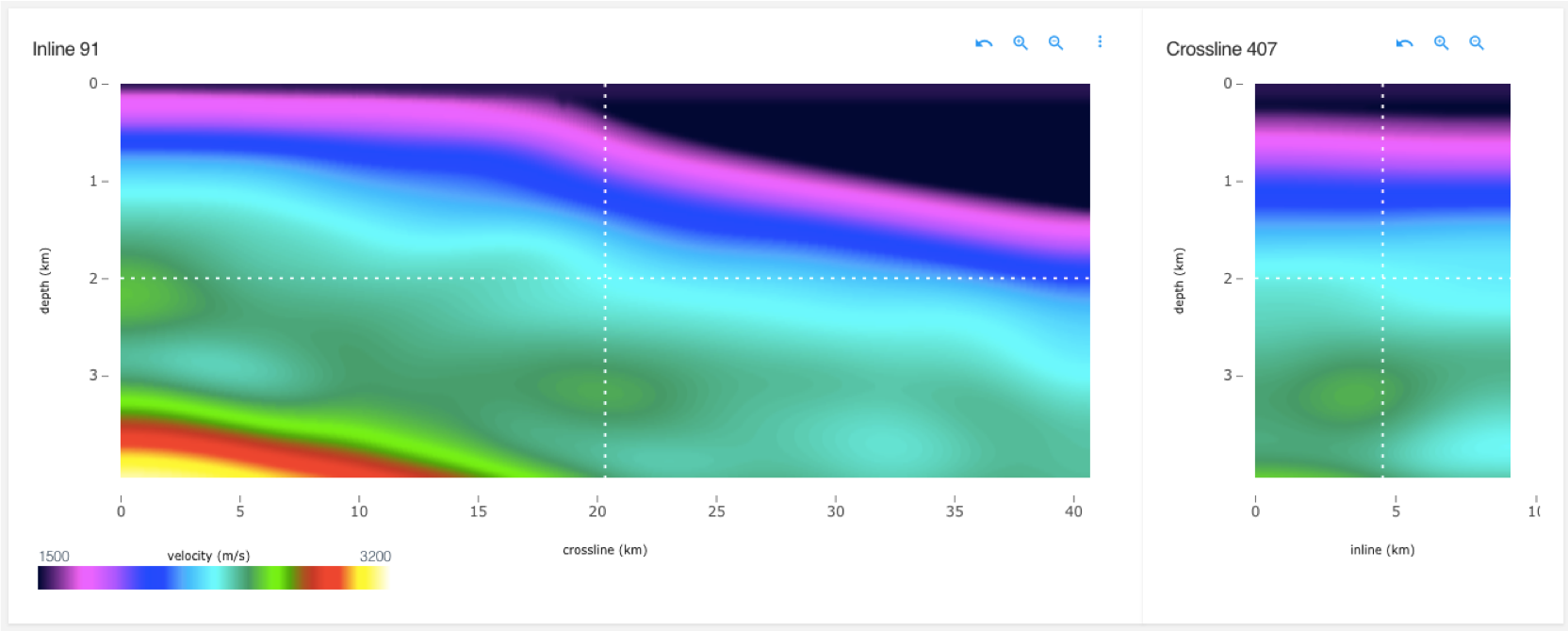
50.0m grid - iter 0
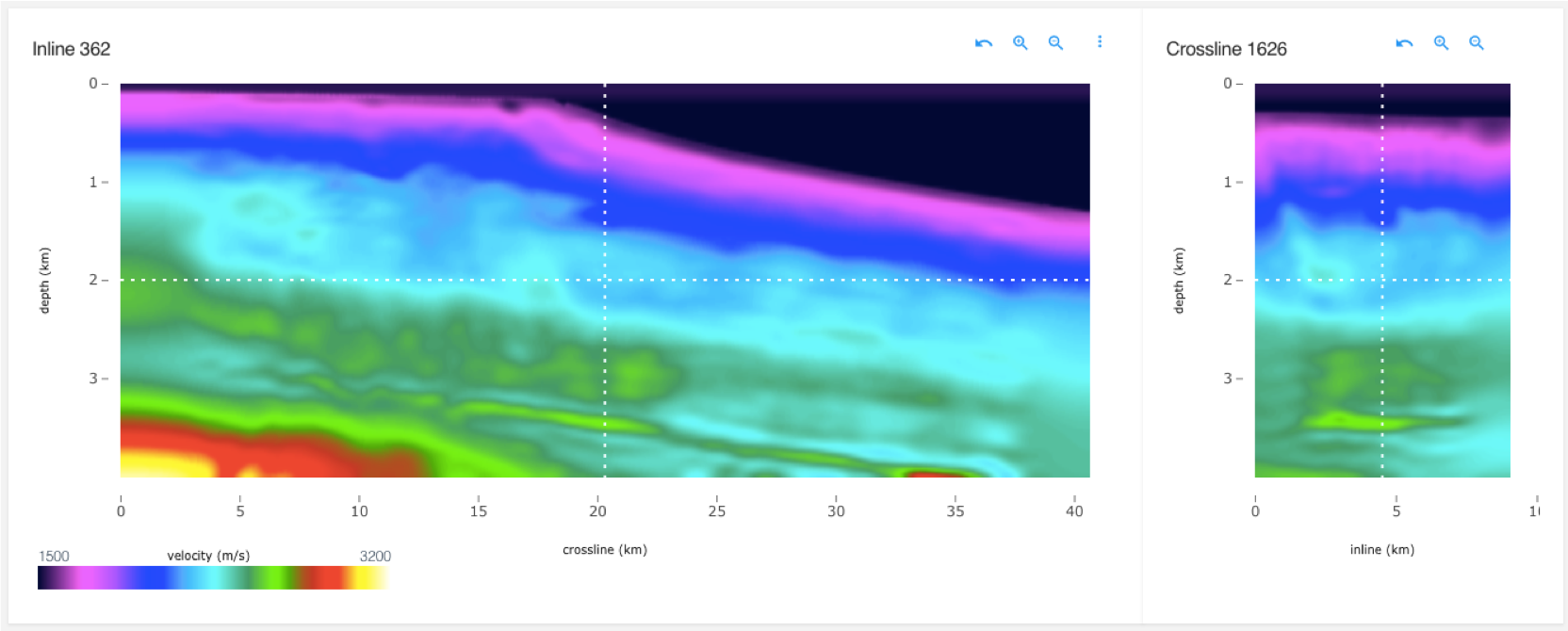
12.5m grid - iter 70
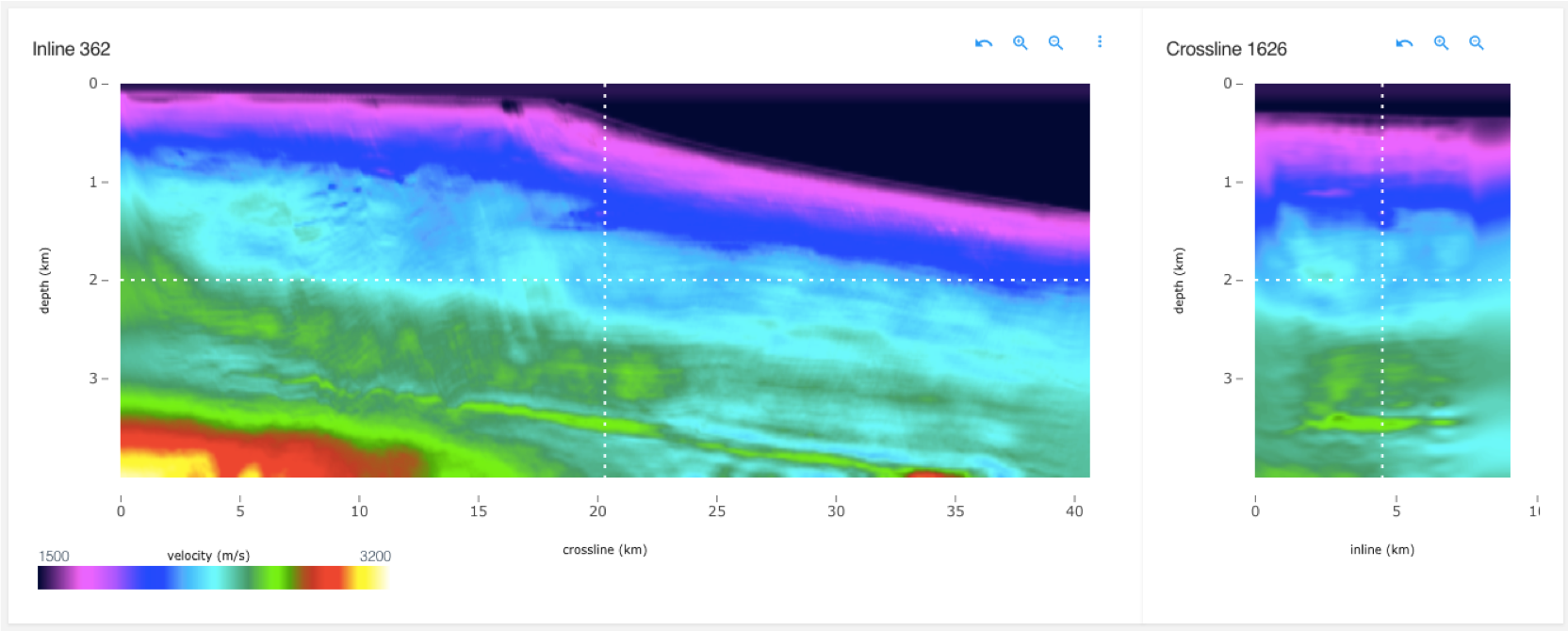
12.5m grid - iter 85
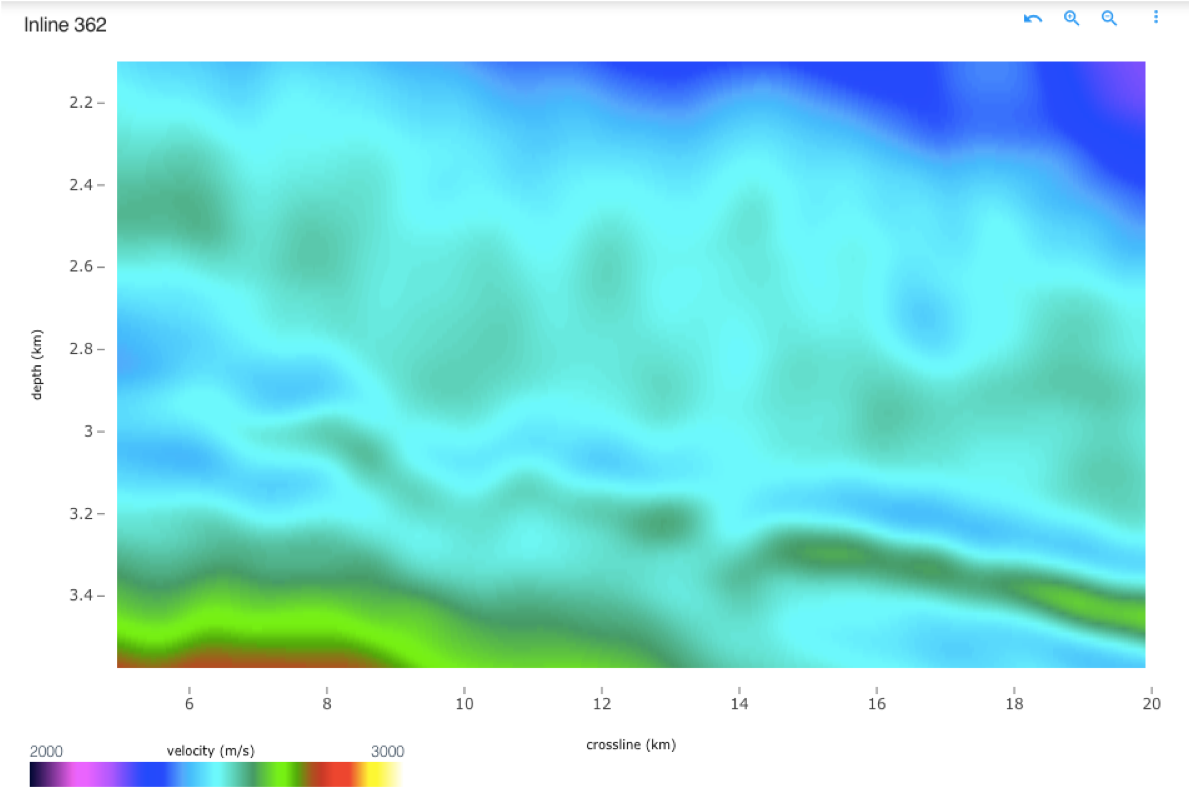
12.5m grid - iter 70
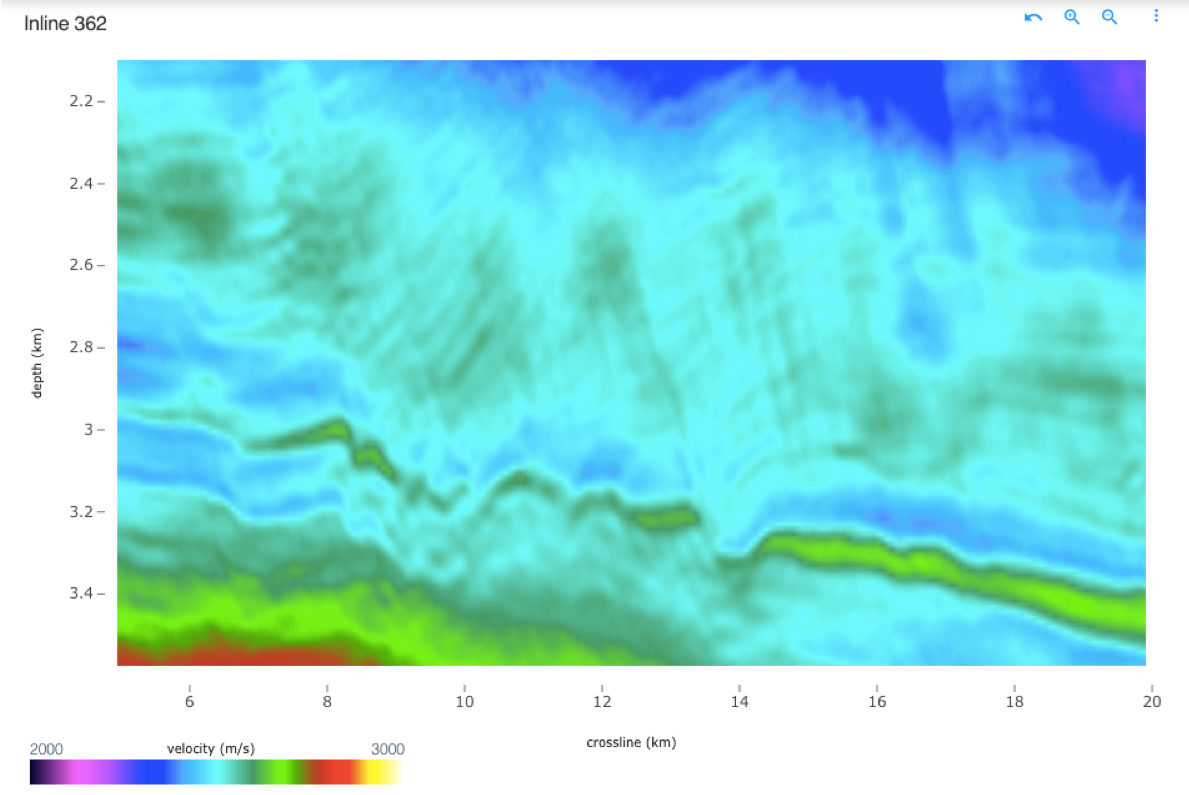
12.5m grid - iter 85
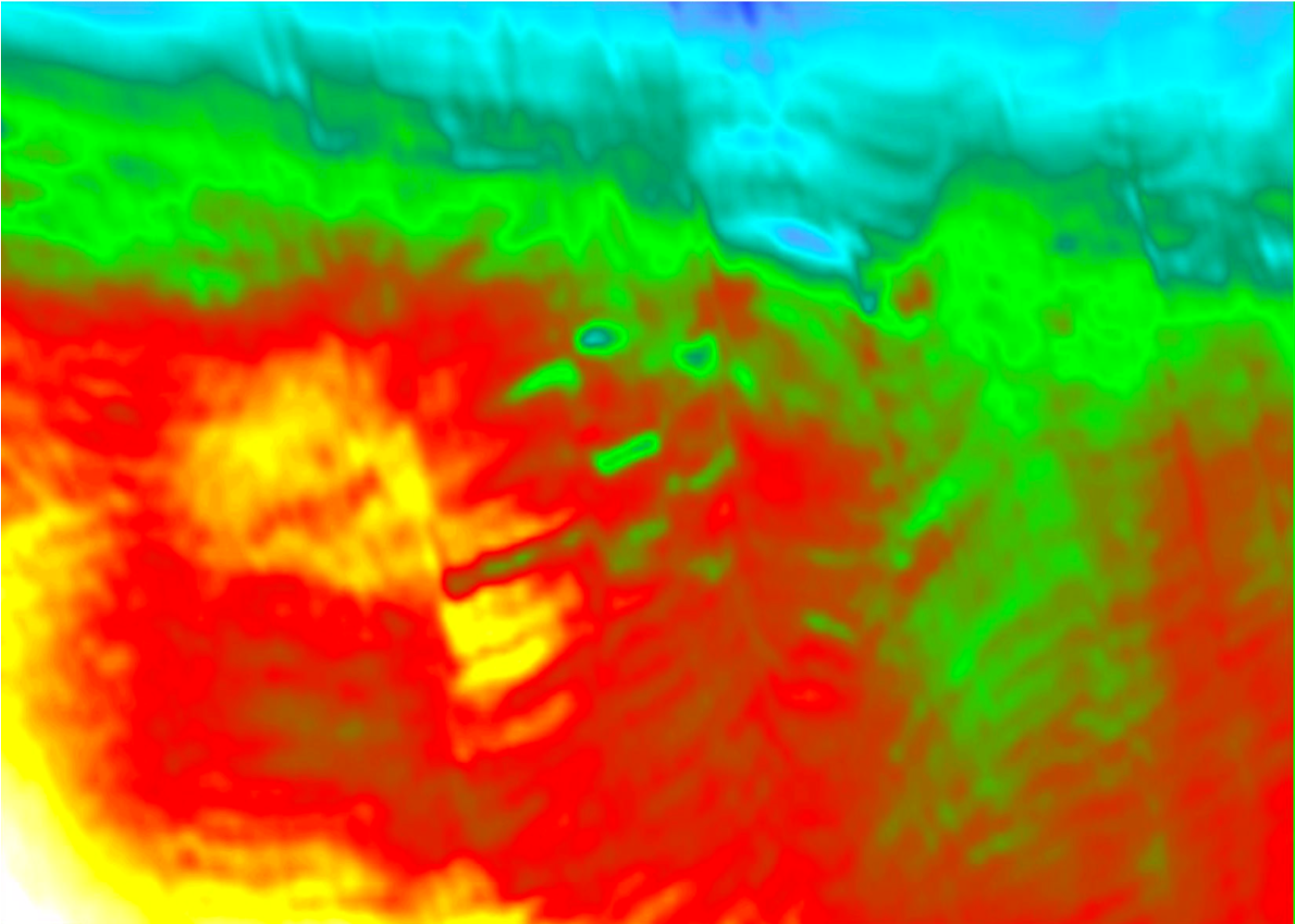
12.5m grid - iter 85
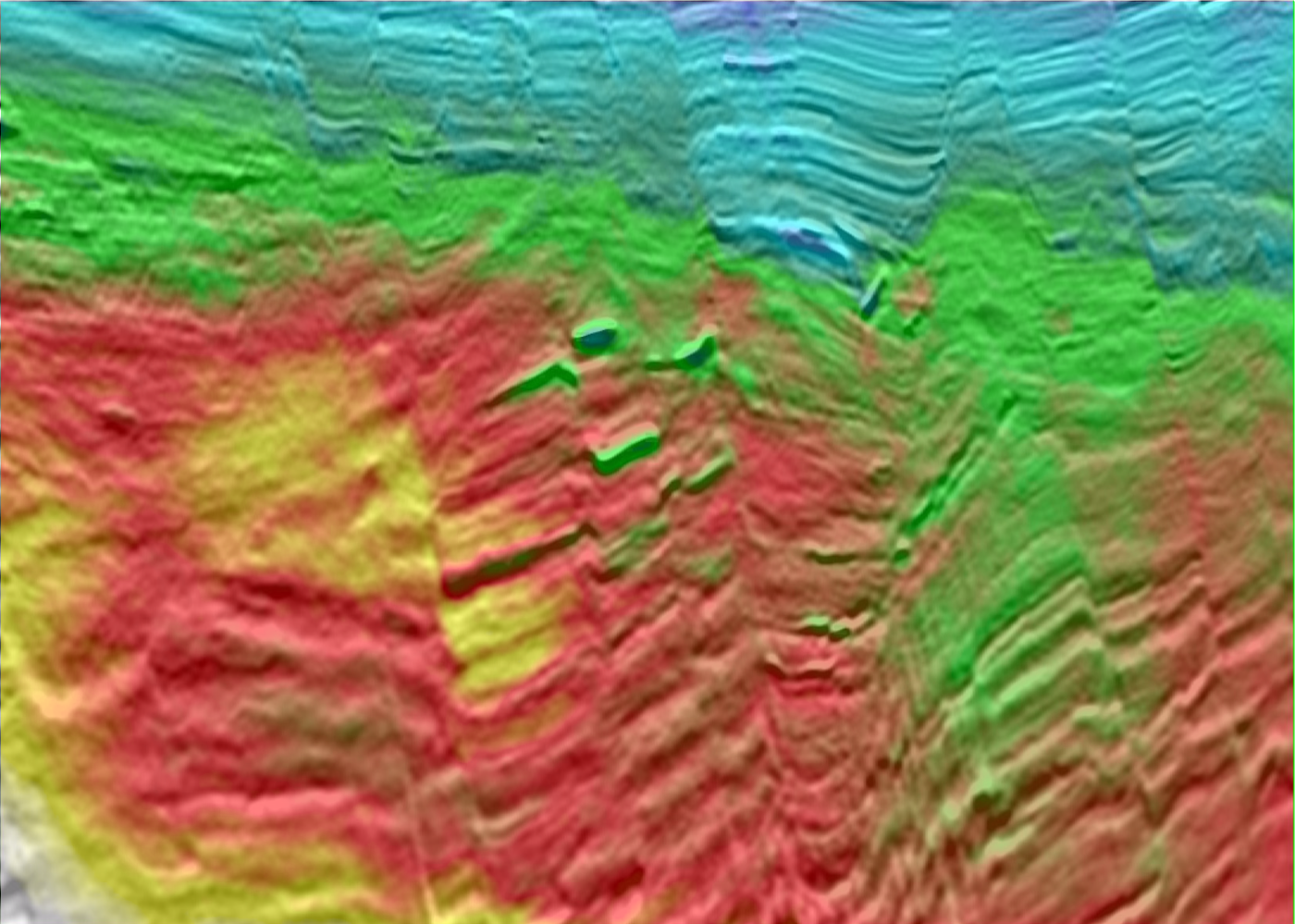
12.5m grid - iter 85 overlaid on PSDM
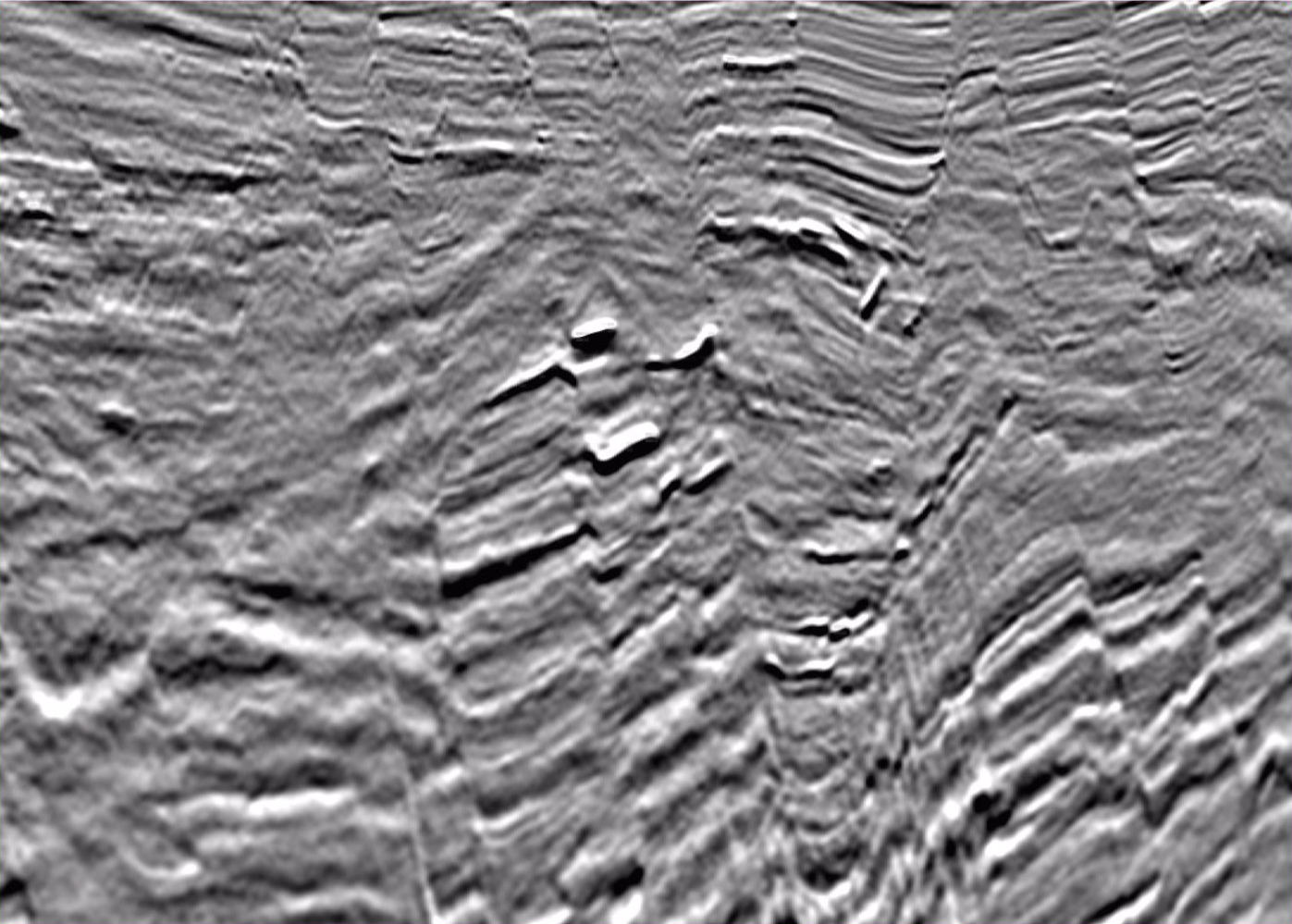
PSDM reflectivity
Model predicted traces
The updating of the traces predicted by the model weights in relation to the field recorded traces show the inversion is being driven by refraction and reflection energy and the misfit is being minimised to the global minimum of the search space.

iter 0
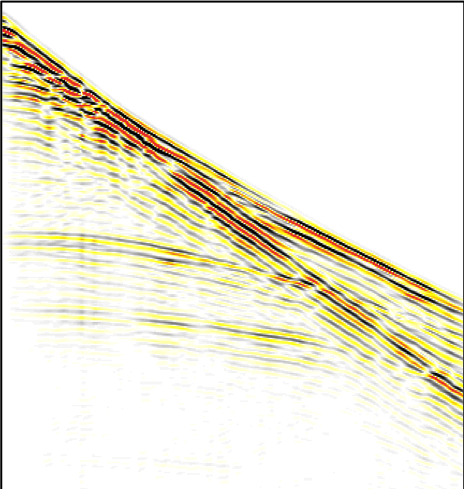
iter 70

field traces
Solving for hidden unknowns
S-Cube Cloud allows the user to take an existing (baseline) run and make modifications, such as add an adaptive cost function or modify seafloor-position/density-contrast, and beat existing scores. The cloud native architecture gives the ability to to set off multiple initialisations avoiding having to run blind and guess these hidden parameters which can have a large effect on the result.
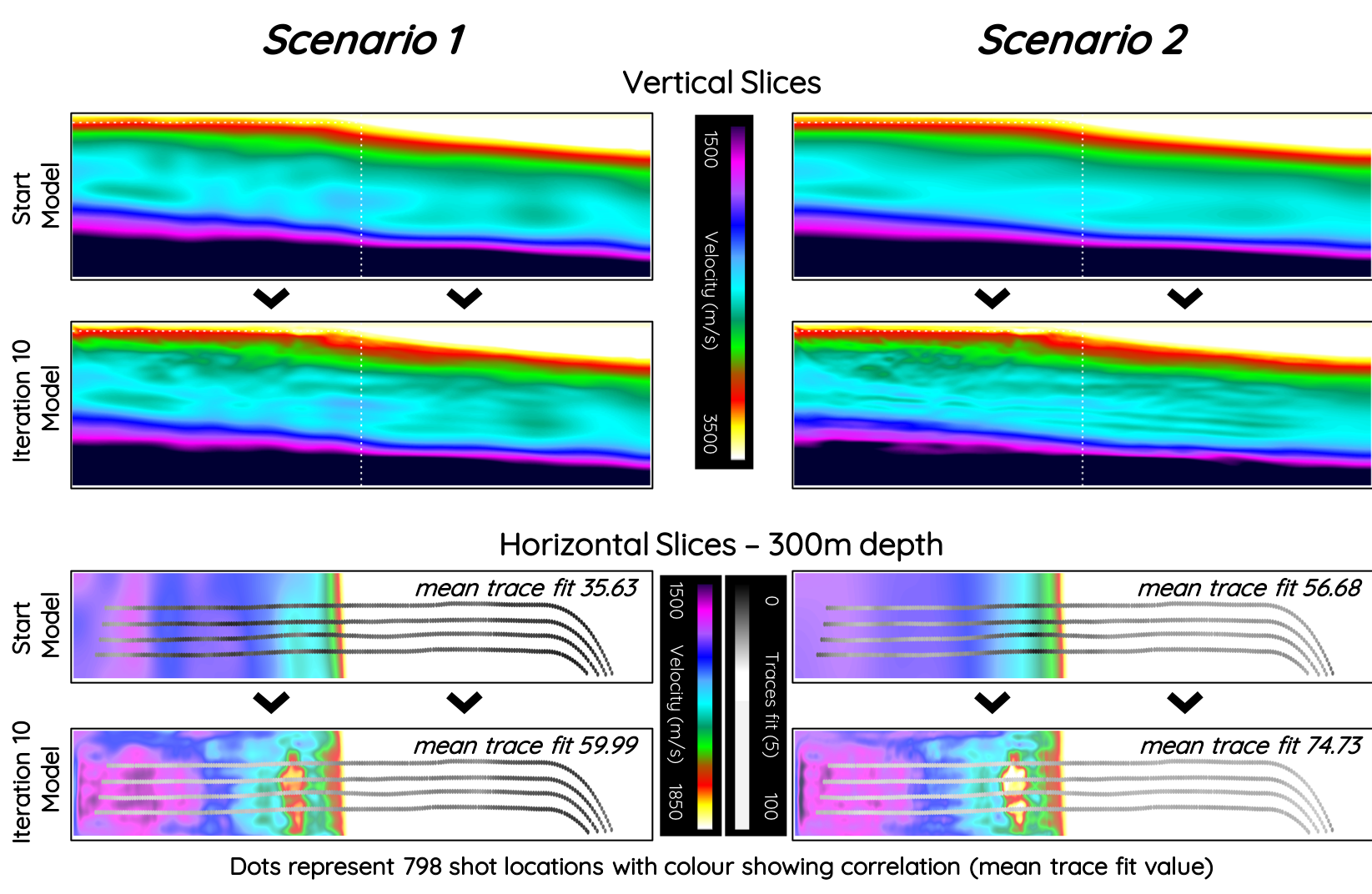
"By running multiple scenarios simultaneously, we were able to increase quality score from a baseline of 57% to 75% by narrowing uncertainty in the sea floor position and density ratio. This directly impacted the resolution we obtained deeper down at the target level. This is an example of gaining extra value through intelligent use of predictive analytics.” Gareth O'Brien Principal Geophysicist, Tullow Oil pilot user of XWI on AWS. Click here for the full quote.